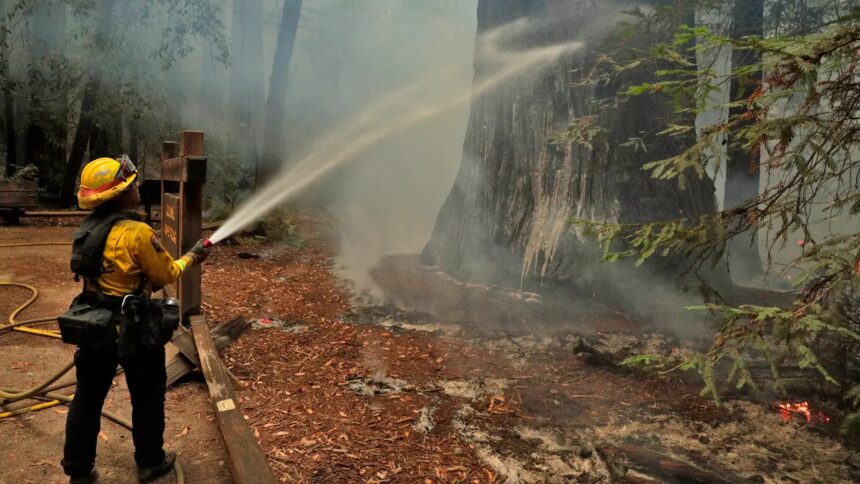In the relentless battle against industrial fires, a breakthrough innovation is emerging from an unexpected source: soybeans. Scientists at the University of Toronto have developed a plant-based firefighting foam that could eliminate the need for toxic PFAS chemicals that have contaminated water supplies across Canada and globally for decades.
“We’ve known about the dangers of PFAS in traditional firefighting foams for years, but finding an effective alternative that actually works in high-intensity fires has been the challenge,” explains Dr. Michelle Nguyen, lead researcher on the project. “This soybean-based solution performs remarkably well in our tests while eliminating the persistent environmental concerns.”
PFAS (per- and polyfluoroalkyl substances), often called “forever chemicals,” have been the standard component in firefighting foams since the 1960s, particularly for combating fuel and chemical fires at airports, military bases, and industrial facilities. Their effectiveness comes at a devastating environmental cost, as these compounds don’t break down naturally and have been linked to cancer, liver damage, decreased fertility, and other serious health issues.
The new soybean-based formula creates a similar smothering effect that cuts off oxygen from flames but degrades naturally within weeks rather than persisting for generations. In controlled testing environments, the plant-based foam extinguished jet fuel fires in less than 90 seconds—comparable to commercial PFAS foams currently in use.
Fire departments across Canada have expressed interest in the technology. “We’ve been searching for alternatives that don’t compromise on effectiveness,” says Toronto Fire Captain James Wilson. “If this performs as promised in real-world scenarios, it would transform how we approach hazardous material fires while protecting our communities and our firefighters from toxic exposure.”
The business implications are substantial as well. With regulatory pressure mounting against PFAS chemicals globally, industry analysts project the market for sustainable firefighting agents could exceed $5 billion by 2030. Several Canadian municipalities have already committed to phasing out PFAS foams as awareness of contamination risks grows.
Environmental testing shows the soybean foam leaves no detectable residue in soil or water after 30 days, compared to PFAS compounds that remain for decades or even centuries. For communities like Smithers, British Columbia, where groundwater contamination from firefighting training facilities has raised serious public health concerns, this innovation offers hope for future remediation and prevention.
The research team has partnered with Canadian agricultural producers to ensure sustainable sourcing of the soybean components, creating potential new markets for farmers while addressing critical environmental challenges. The federal government has contributed $3.8 million toward commercializing the technology through its Clean Technology Innovation Fund.
As world leaders continue debating comprehensive PFAS regulations at the upcoming United Nations Environmental Summit, innovations like this soybean-based alternative demonstrate that protecting public safety doesn’t have to come at the expense of environmental health. The question remains: will government and industry move quickly enough to implement these safer alternatives before more communities face the consequences of PFAS contamination?










